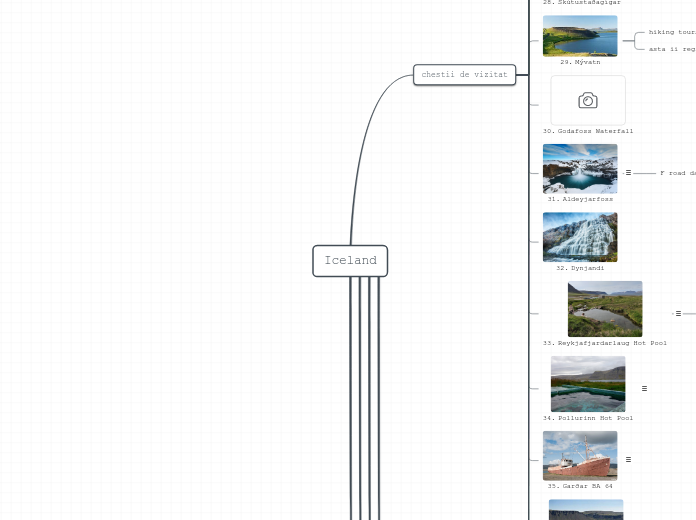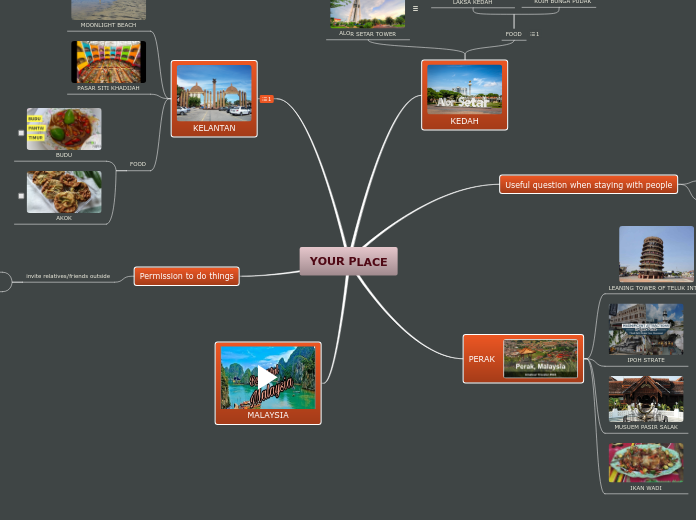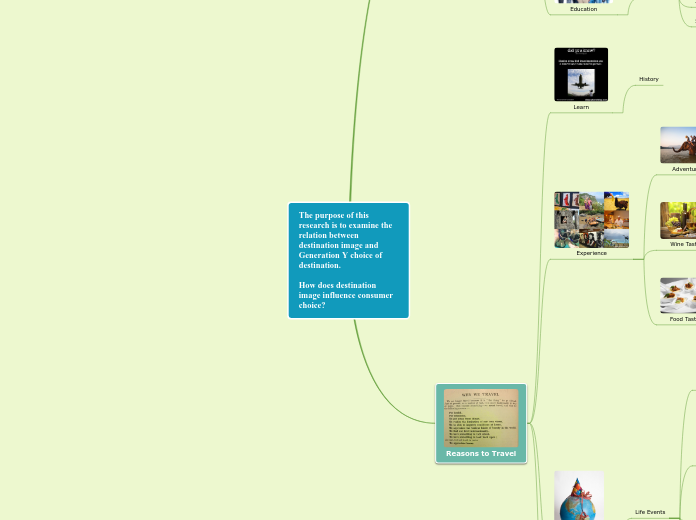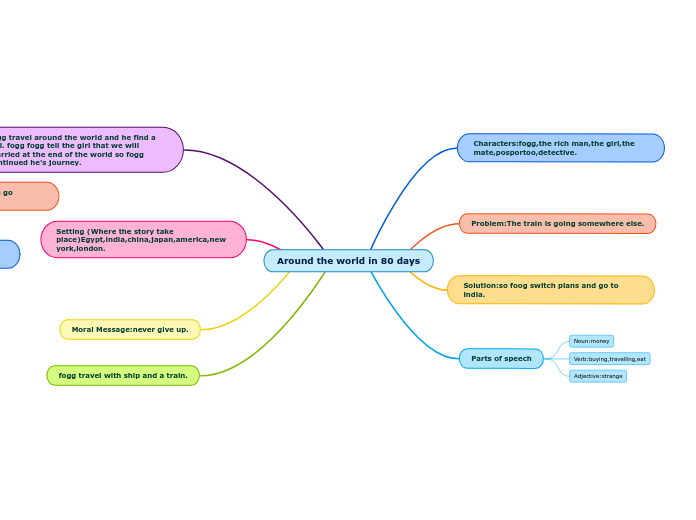Iceland
traseu google map
Part 5
Part 4
Part 3
Part 2
Part 1
golden circle
Ziua 1 Blue Lagoon - Háifoss
ca sa le facem toate tre sa pornim de la blue lagoon la ora 15
la ora 22:30 tre sa ajungem la cazare
total ne trebuie 7 H
are 5 opriri
5 * 30 min oprirea (medie) .... 2h 30 min
traseul dureaza 4h 35min cu tot cu intoarcearea la hotel
informatii trasee
Piscine si hot spring
Info real time drumuri
informatii cazare
Subtopic
Map cu campuri
alte campinguri
chestii de mancat
Fermented Shark
You’d be hard pressed to find any local who would be caught dead trying fermented shark, or better yet suggesting it to a foodie tourist, but it's as emblematic of Icelandic cuisine as the free-roaming lamb.
“Although it’s not a part of our daily cuisine anymore, it’s a part of our heritage,” says April Smaradottir, local foodie and guide for Wake Up Reykjavik. “During my grandma’s time, people had to think of how to make food survive our harsh winters, which could last for months. So we buried it, dried it, smoked it and picked it, left it out to dry for weeks and soaked it in all kinds of stuff. Access to food was also limited, that’s why we ate things like this,” Smaradottir explains.
Back in the day, the shark was soaked in urine and placed underground to “ferment,” but luckily that practice is outdated. The shark you’ll find in restaurants like
Þrír Frakkar Baldursgata
is fermented with vinegar and other more natural ingredients and is always paired with a shot of black death: a clear, unsweetened schnapps that helps the strong flavor (and smell) of the shark go down smoother.
Rye bread (and butter)
Icelandic rye bread, or rúgbrauð, is a staple for Icelandic cuisine. There's a million ways to eat it: topped with smoked salmon and cream cheese, chopped and blended in ice cream, served with extra creamy butter and crunchy lava salt. However, if you ask any local, there’s really only one way to make it right. It should be buried 30 centimeters in the ground next to a bubbling geyser. Made famous by Sigurður Rafn Hilmarsson, a national icon reigning from the small town of Laugarvatn, the bread is soft (almost spongy) and tastes more like cake thanks to the added sugar he sprinkles in the dough. It takes about a day to cook in a pot underground, but the end result brings thousands of visitors (and locals) to the
Laugavautn Wellness Resort
and Geothermal bakery every year. If you can’t make it to the hot springs, opt for a taste of the delicious bread and the island’s famed butter at Bread & Co, a small bakery stand in
Hlemmur Mathöll
, Reykjavik’s newest food hall.
Skyr
If you want to eat like a local, you need to eat Skyr, a thick and creamy dairy product that’s best described as a marriage between yogurt and cottage cheese. Made from pasteurized skim milk and a bacteria culture similar to yogurt, this thick and creamy delicacy is often served with cream and tart berry jam and tastes a bit like Greek yogurt and creme fraiche. Halldorsson grew up eating it with sugar, but most locals love it au natural.
Reykjavik's Hot Dog (or pylsur)
Bæjarins Beztu Pylsur
Reykjavik's
Bæjarins Beztu Pylsur
has been in business for over 60 years, serving some of the best hot dogs—made from a blend of beef, lamb and pork. Order it eina með öllu, or with everything, which includes crunchy deep fried onions, raw onions, sweet brown mustard, and a creamy remoulade. Not just a place for tourists, locals frequent the stand just as much, especially at night after a few cocktails. Pro tips: Order two, since you're bound to gobble up the first one too quick, and make sure to bring small bills so you don’t hold up the (already very long) queue.
chestii de vizitat
Holuhraun
Hornstrandir Nature Reserve
Trails
Adalvik to Hesteyri (5-6 hours)
Trails
Adalvik to Hesteyri (5-6 hours)
This simple day trip is one of the most convenient trails in Hornstrandir. The ferry drops you off once a morning in Adalvik, and leaves from Hesteyri in the afternoon, so you just have to get from one end of the wilderness to the other in a full day. You’ll cross the abandoned settlement of Adalvik, and onward through green slopes and past the withered church. Hiking past a huge lake, you’ll ascend up misty hills for spectacular views of the snow-capped fjord fingers and the bays below. Here you can see the remnants of an old stone road and cairns. Navigate through muddy slopes down to the black sand pebble beach, and onward to the abandoned village of Hesteyri. During the summer months, the “Old Doctor’s House,” as it’s called, is inhabited by a small family that will cook up coffee and hot Icelandic pancakes for you. Chill out here for a warm interlude from the wind and rain while you await the ferry that will take you back to Isafjordur.
Askja
Laugavegur
Laugavegur is a long-distance trail in southern Iceland. It runs from the Landmannalaugar geothermal springs to the Þórsmörk nature reserve. The wide, dramatic valley of Þórsmörk sits at the foot of Eyjafjallajökull, an active volcano. The trail leads through striking landscapes spanning gorges, glaciers and multicolored rhyolite mountains. Simple huts dot the route at stops like Hrafntinnusker and Emstrur.
55 km - 4-5 zile
considerata una din top 10 cele mai faine trasee din lume
nu avem cum sa facem
Golden Circle
Reykjadalur Thermal River
Reykjadalur Thermal River
If you’re feeling more adventurous and have time for a hike, the trip to this warm thermal river is perfect for you. Just over a two-mile hike one way, this path is beautifully set between steaming hillsides, but because the area is so geologically active, it’s important to stay on the designated path. Once you arrive there are a few changing cabins and a café if you need to grab a bite before taking a dip in the shallow and warm waters.
- Cost & Hours: Free; Open 24 hours.
- Visit Length: 2-3 hours. It’s an hour hike to the river, allow more time to soak and relax once you’re there and time to hike back
Secret Lagoon (Gamla Laugin)
Although it is far from a secret,
this relaxing thermal bath
is a great way to break up your Golden Circle tour with a dip in the relaxing 100 degree waters. Only a 10-minute drive off of the main Golden Circle route, a dip in the waters of one of the oldest
swimming pools in Iceland
is a great reward after hours of driving.
- Cost & Hours: Entry: Adults 2800 ISK, Children Under 14 Free. Open daily from 10 a.m.-10 p.m. during the summer months and is open 11-8 p.m. October-April.
- Visit Length: 1-2 hours.
Kerið
Kerið
Believed to have been formed about 6,500 years ago, this crater is what’s left of a volcanic cone that collapsed and filled with water. The crater is strikingly colorful, with green moss and red rocks contrasting with the bright blue water perfectly. Although it can be seen in a quick stop if you’re short on time on your way back to Reykjavik, a hike around the rim or down next to the lake is work the extra steps.
- Cost & Hours: Entrance Fee: 400 ISK (around USD $4) with parking included when staffed. Open 24 hours.
- Visit Length: 30 minutes. The area is small, so it doesn’t take long to walk the edge of the crater or hike down to the lake at the bottom.
Gullfoss Waterfall
Only 10 minutes away from Geysir is the enormous Gullfoss waterfall. There are two main viewing areas to see the falls and each has their own parking lot, so if you’re short on time it’s easy to see only one part (but we recommend seeing both!). The lower path of the falls leads to right up to the water; dress warmly or wear a raincoat here as you’ll be sprayed with constant mist and wind as the falls crash right in front of you. If you’re lucky enough to be visiting while the sun is shining, look out for rainbows as you descend for the perfect photo-op.
Unfortunately this section is closed in the winter as ice can make the hike dangerous and slippery, so plan accordingly to your travel dates.
The second viewpoint is always opens and provides a much more expansive view of the falls and the narrow river it crashes into. On a clear day, look out for glaciers and more rainbows in the distance.
- Cost & Hours: Free; Open 24 hours
- Visit Length: 1 hour
Geysir Geothermal Field
The next official stop on the Golden Circle tour is the Geysir Geothermal Field. One of the most popular stops on the tour (and definitely the most crowded), this historic site is the home of the well known Geysir, plus many bubbling and steaming hot pools. Although the original geyser is no longer active, the new spectacle, Strokkur, is the main attraction here. Erupting about 50 feet in the air every 10 mins, tourists tend to flock and crowd around this site searching for the perfect photo. Depending on how many eruptions you want to see, this can easily be a quick 20 minute stop before you set off on your next destination.
- Cost & Hours: Free; Open 24 hours.
- Visit Length: You can spend anywhere between 20 mins to 1 hour at Geysir, depending on how many times you want to see the geyser set off and if you want to climb up the mountain to get a more aerial view of the geothermal area.
Strokkur
þingvellir
Þingvellir National Park
The first stop on the Golden Circle outside of Reykjavik is
Þingvellir National Park
. One of the main attractions to this beautiful park is that it sits between the North American and European tectonic plates, meaning you can (technically) stand between two continents at once. If you’re feeling adventurous you can even snorkel or SCUBA dive between the plates themselves and bear witness to some of the clearest water in the world.
In addition to taking a dip in the clear waters, you can also hike up to the breathtaking Öxarárfoss waterfall for a view of where the main river plunges through the valley you walked through just minutes ago. Game of Thrones fans will be pleased to discover that just a few minutes to the right of the waterfall on Öxaárfoss Trail is the location of three scenes from season four: a Wildling camp where Ygritte and Tormund were filmed, and the famous Bloody Gate scene, the narrow path that Arya and the Hound take to visit her aunt.
- Cost & Hours: Full-day parking: 750 ISK (around USD $7). There are multiple parking lots throughout the park, so if you’re not up for hiking you can drive and park to see the main sites. Open 24 hours.
- Visit Length: 45 mins - 2 hours.
Reykjavík
Leiðarendi
Thrihnukagigur Volcano, Iceland
Bridge America - Europe
Hallgrimskirkja
Admission
Adults: ISK 1000
Opening hours
Winter (October – April): 09:00 – 17:00. Tower closes 16:30.
Summer (May – September): 09:00 – 21:00. Tower closes 20:30.
The tower is closed on Sundays from 10:30 – 12:15 during mass at 11:00.
Hallgrímskirkja is the largest church in the country, and towers over the centre of Reykjavík. Its 73-metre-high tower provides a wonderful 360° view over all Reykjavík, the mountains around and the ocean streaching west to Greenland and the Americas. Because of this, the tower is among the most visited tourist destinations in Reykjavík.
a
Snorralaug
Hraunfossar
Snæfellsjökull
Snæfellsjökull View Point
Búðakirkja Black Church
Kirkjufellsfoss Waterfall
Látrabjarg
Rauðisandur Beach
Garðar BA 64
This ship is actually an abandoned place that you can explore on your own. Garđar BA 64 is the oldest steel ship in Iceland. Worth a visit if you're passing by. There's also a bench with a table nearby, so you can take a break or eat lunch next to this marvelous ship. Be careful if you want to explore the interior because there are many sharp and broken things everywhere.
Pollurinn Hot Pool
cea mai veche piscina din islanda
Reykjafjardarlaug Hot Pool
One of the many hot pools of Iceland. Reykjafjardarlaug is secluded but wonderful. You can either use the natural hot pool (caution: the temperature varies a lot & it can get hot quickly) or you can use the swimming pool which gets the water directly from the source but is maintained at a constant temperature. There are changing rooms near the swimming pool as well.
stil Takayama
Dynjandi
Aldeyjarfoss
The landscape surrounding the Aldeyjarfoss is stark, weathered, and beautiful. You can see for miles over barren lava fields in all their glory. Walking up to the falls is a wonderful surprise; as you head up the path, the river comes into view, and you see that the sides of the gorge are lined with black basalt columns.
F road dar lejer vezi descrierea
Know Before You Go
From Akureyri head east on the Ring Road 40km to Godafoss waterfall (stop here to look at Godafoss too), and then turn right onto 842 going south. Aldeyjarfoss is not terribly difficult to get to, but does involve about a half hour on an unpaved road, and then about another 10 minutes on F26 that requires a 4 wheel drive vehicle. You can stop at the beginning of F26 road, if you don't have a 4x4 and hike in. F26 is beautiful and exciting. Regardless of whether you drive or hike the last segment, there is a gate across the road. If the gate is closed, then continuing may involve going onto private property.
Godafoss Waterfall
Mývatn
asta ii regiunea
hiking tours
Skútustaðagígar
Lake Myvatn panoramic point
Höfði
Hverfjall
cam asa arata traseul te craterul vulcanului
Viewpoint from Hverfjall volcano
daca vrem traseu in jurul vulcanului
prima data aici ai view point
grjótagjá
Grjótagjá Cave
Mývatn Nature Baths, Jarðbaðshólar, 660 Mývatn, Iceland
Námafjall Hverir
Krafla
Ásbyrgi
Ásbyrgi is a glacial canyon in the north of Iceland, located approximately 38 kilometres east of Húsavík on the Diamond Circle road. The horseshoe-shaped depression is part of the Vatnajökull National Park and measures approximately 3.5 km in length and over 1 km wide.
Dettifoss (West Side)
Hengifoss
ca oprire la drumul lung dintre jokulsarlon si dettifoss
Jökulsárlón
Diamond Beach, Iceland
Hofskirkja
Svartifoss
Fjaðrárgljúfur Canyon
reynisfjara black sand beach
Reynisdrangar
Dyrhólaey
Solheimasandur Plane Crash
4 km de mers pe jos, nu se mai poate parca langa(verifica). spot bun pt aurora
Sólheimajökull
Sólheimajökull is a glacier in southern Iceland, between the volcanoes Katla and Eijafjallajökkull. Part of the larger Mýrdalsjökull glacier, Sólheimajökull is a prominent and popular tourist location owing to its size and relative ease of access.
Skógafoss
Gljúfrafoss, Þórsmerkurvegur, Iceland
Seljalandsfoss
- Seljalandsfoss: You can stand behind this waterfall.
Háifoss
Gjáin
Þjóðveldisbærinn Stöng
Hjalparfoss
Krisuvikurberg, Iceland
daca avem timp aproape de blue lagoon
multe pasari
Blue Lagoon









